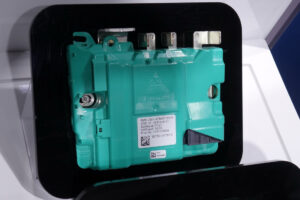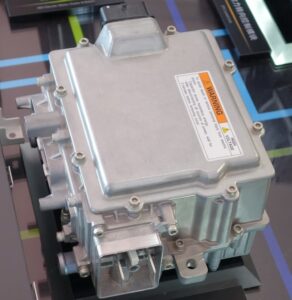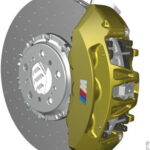The ZF ProAI supercomputer perfectly meets the requirements of the manufacturers for the software-defined vehicles and their new E/E-architectures. It can serve as domain, zone or central controller.
The high-performance computer is suitable for any vehicle type and for all levels of automated and autonomous driving: from Level 2 to Level 5.
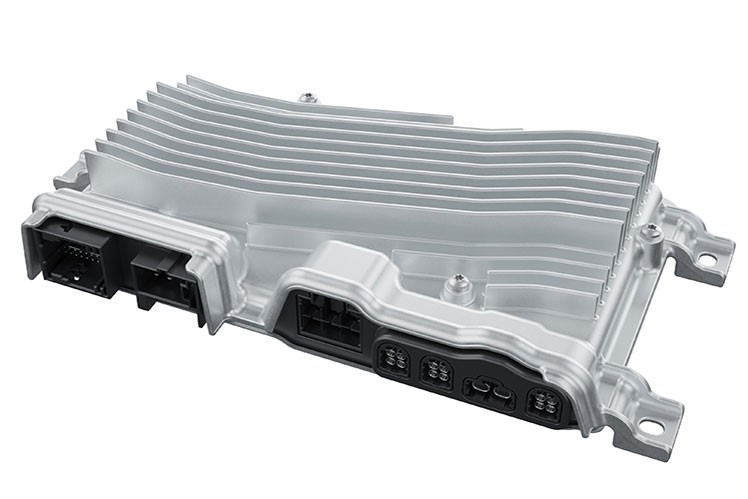
Passive cooling
Up to 20 TOPS
Scalable
24 x 14 cm standard housing
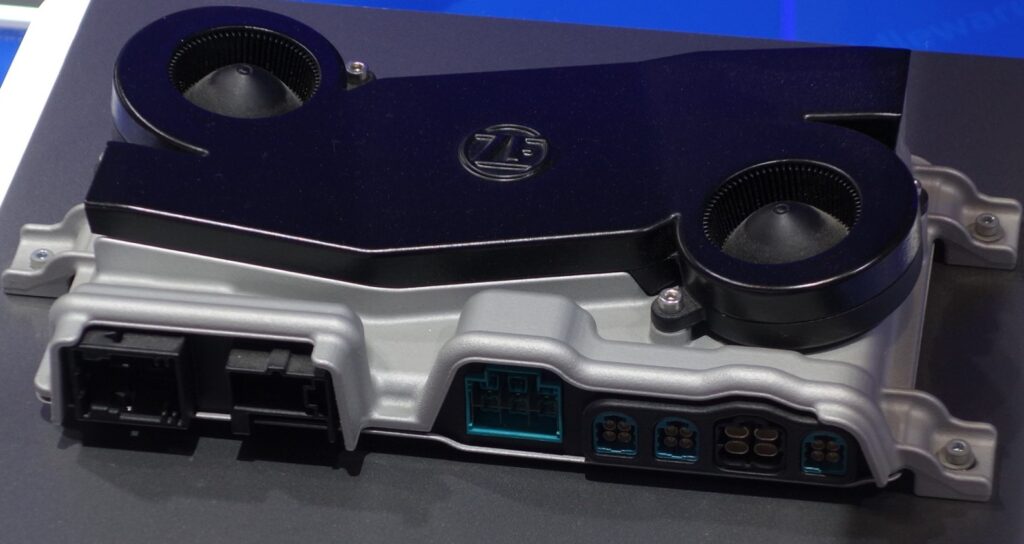
Active air cooling
Up to 170 TOPS
Scalable
24 x 14 cm standard housing
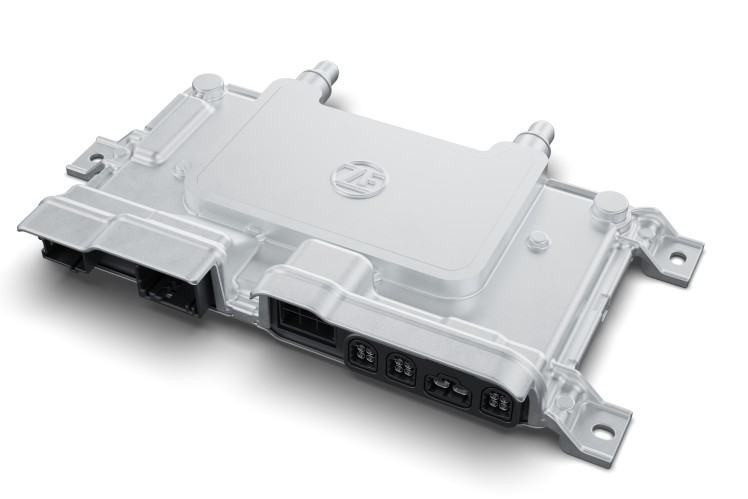
Liquid cooling
Up to 250 TOPS
Scalable
24 x 14 cm standard housing
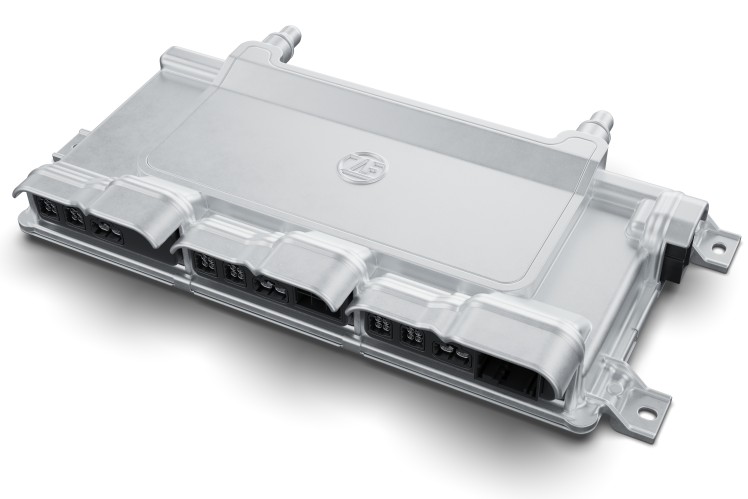
Liquid cooling
Up to 1,500 TOPS
Multi performance boards
12 x 6 x 2 in / 30 x 15 x 5 cm
The ZF ProAI comes with more performance than ever before. Depending on the desired application from Level 2 to Level 5 and the corresponding computing power required, ZF ProAI can execute between 20 trillion and 1.5 quadrillion computing steps per second, an increase of 50 percent compared to the previous high-end version.
And while performance increases, power consumption drops even more: With 1 watt of power, the ProAI achieves a performance of approximately 5 TOPS. And, as an automotive grade product, the high-tech product works reliably even under harsh conditions such as extreme temperatures or dust. It also offers an ASIL-D computing performance with state-of-the-art protection against cyber threats.
Enabling new vehicle functions and tapping their full potential: The AI-capabilities of ZF ProAI are optimized for deep learning processes, further enhancing its ability to deliver advanced safety features. The board offers a 360° GPU-driven fusion of all available sensor data, including environmental measurement data from radars, LiDARs, cameras and audio patterns.
In addition, ZF also provides a measurement data interface (MDI) for ProAI in order to forward the collected sensor data unaltered to a central storage system for development and testing purposes. This makes it much easier for developers to train artificial intelligence for autonomous driving.




